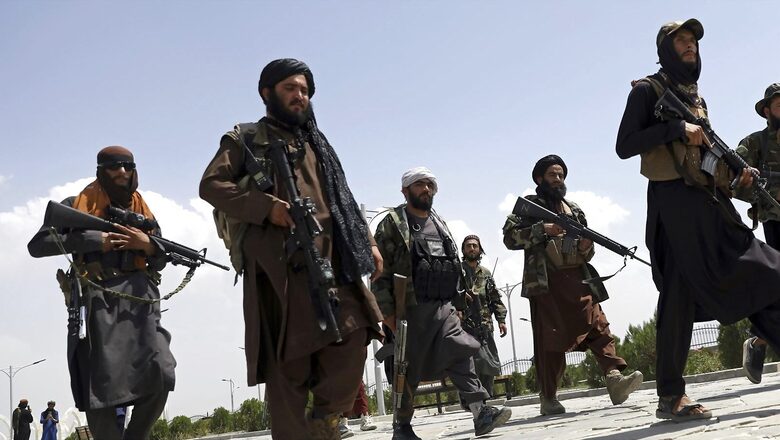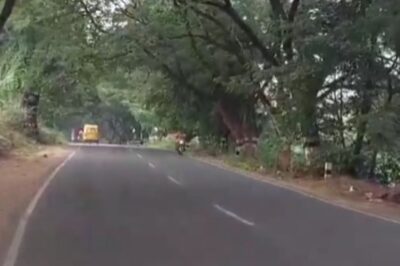
views
The Panjshir Valley, nestled in the peaks of Hindu Kush in north of Kabul, has been the hotbed of Taliban resistance where anti-insurgent fighters were gearing up to take on the rebels. It was the last Taliban-free region of Afghanistan, which didn’t fall even during the civil war of the 1990s, nor was it ever conquered by the Soviets earlier.
The valley now hosts deposed Afghanistan Vice-President Amrullah Saleh, who had earlier declared himself to be a “care-taker President” after the Taliban took control of Kabul on August 15. A defiant Saleh even said he would “never ever” surrender to the Taliban.
WHY PANJSHIR DIDN’T FALL SO FAR?
The Taliban have not been able to capture Panjshir because of the location of the valley, which makes it a natural fortress. Its crucial location, being north of Kabul in the Hindu Kush, gives it a geographical advantage. This was a resistance stronghold against the Soviets in the 1980s and then against the Taliban in the 1990s.
Amrullah Saleh was also born in Panjshir province and was trained there. Since it has always remained the resistance zone, it was never conquered by any forces — neither by foreign forces nor by the Taliban, a report in Hindustan Times had said.
“We will not allow the Taliban to enter Panjshir and will resist with all our might and power, and fight them,” one resident had told AFP on condition of anonymity.
Unverified images show that the flag of the ‘Northern Alliance’ or the United Islamic Front for the Salvation of Afghanistan has once again been hoisted in Panjshir. This is a first after 2001. There were also reports that Afghan soldiers, who managed to evade Taliban troops, had begun arriving in Panjshir at the call of Ahmad Massoud.
Washington Post reporter Ezzatullah Mehrdad tweeted: “Former Vice President Amrullah Saleh, Ahmad Massoud, the son of Ahmad Shah Massoud, and coming in former defence minister Bismillah Khan Mohammadi are forming a resistance force against the Taliban in Panjshir of Afghanistan.”
Saleh’s fight against Taliban from Panjshir
After the September 11, 2001 attacks, Saleh — then a part of the anti-Taliban resistance — became a key asset for the CIA. The relationship paved the way for him to lead the newly formed Afghanistan intelligence agency, the National Security Directorate (NDS), in 2004.
As NDS chief Saleh is believed to have amassed a vast network of informants and spies inside the insurgency and across the border in Pakistan, where Pashto-speaking agents kept track of Taliban leaders. The intelligence Saleh gathered provided what he alleged was proof the Pakistani military continued to back the Taliban. Saleh’s rise however has not been without its share of dramatic stumbles.
In 2010, he was sacked as Afghanistan’s spy chief following a humiliating attack on a Kabul peace conference. Exiled into the political wilderness, Saleh maintained his fight against the Taliban and Islamabad on Twitter, where he fired off daily tweets taking aim at his longtime foes.
A return to favour came in 2018 when he briefly oversaw the interior ministry after sealing an alliance with now deposed president Ashraf Ghani. Saleh went on to become the former leader’s vice premier. His most recent political revival came as the United States was preparing to exit Afghanistan and coincided with a series of assassination attempts on Saleh by the Taliban.
His latest close call came last September when a massive bomb targeting his convoy killed at least 10 people in Kabul. Within hours of the attack, Saleh appeared in a video with his left hand bandaged, promising to fight back. “We will continue our fight,” he had said.
Read all the Latest News, Breaking News and Assembly Elections Live Updates here.




















Comments
0 comment